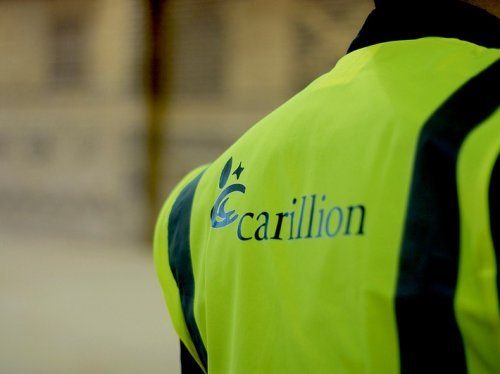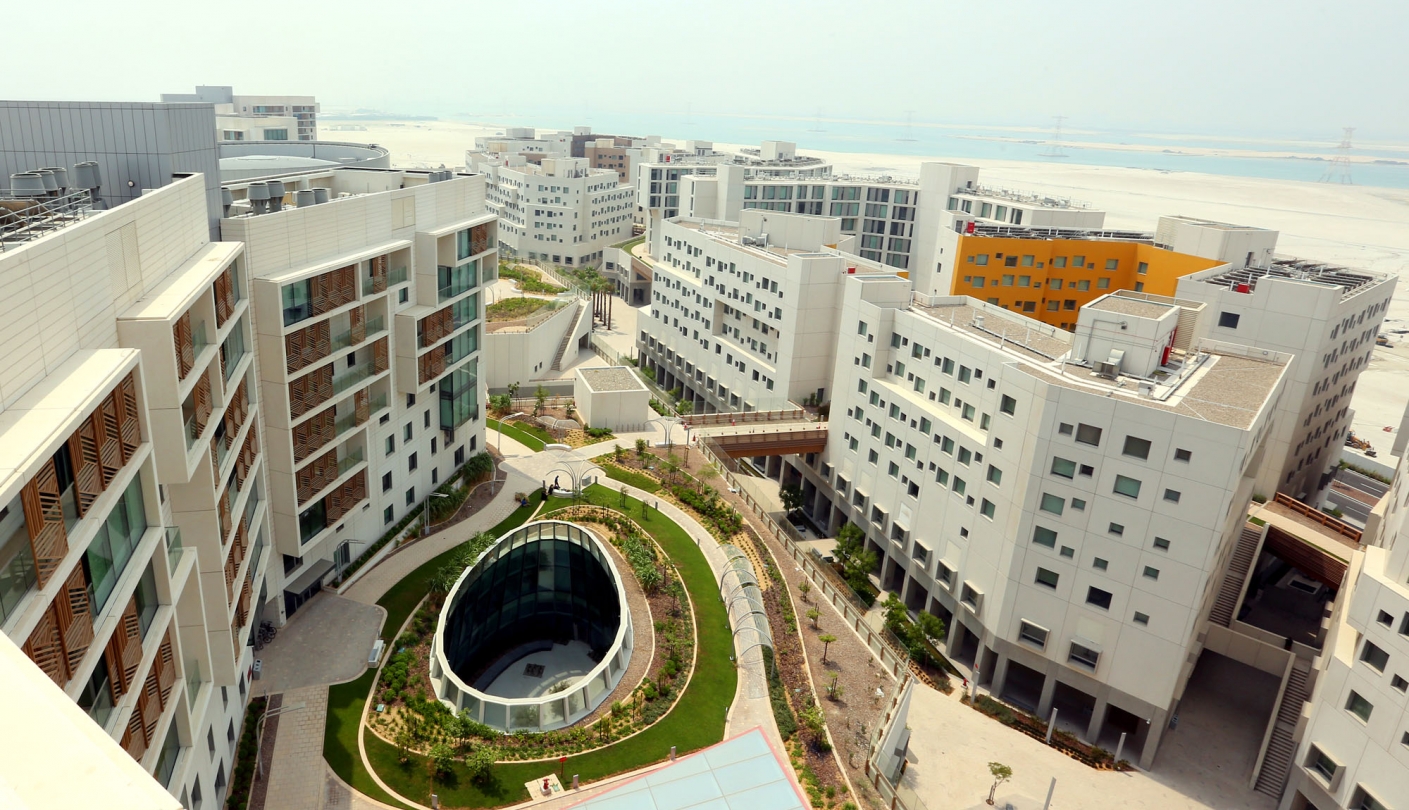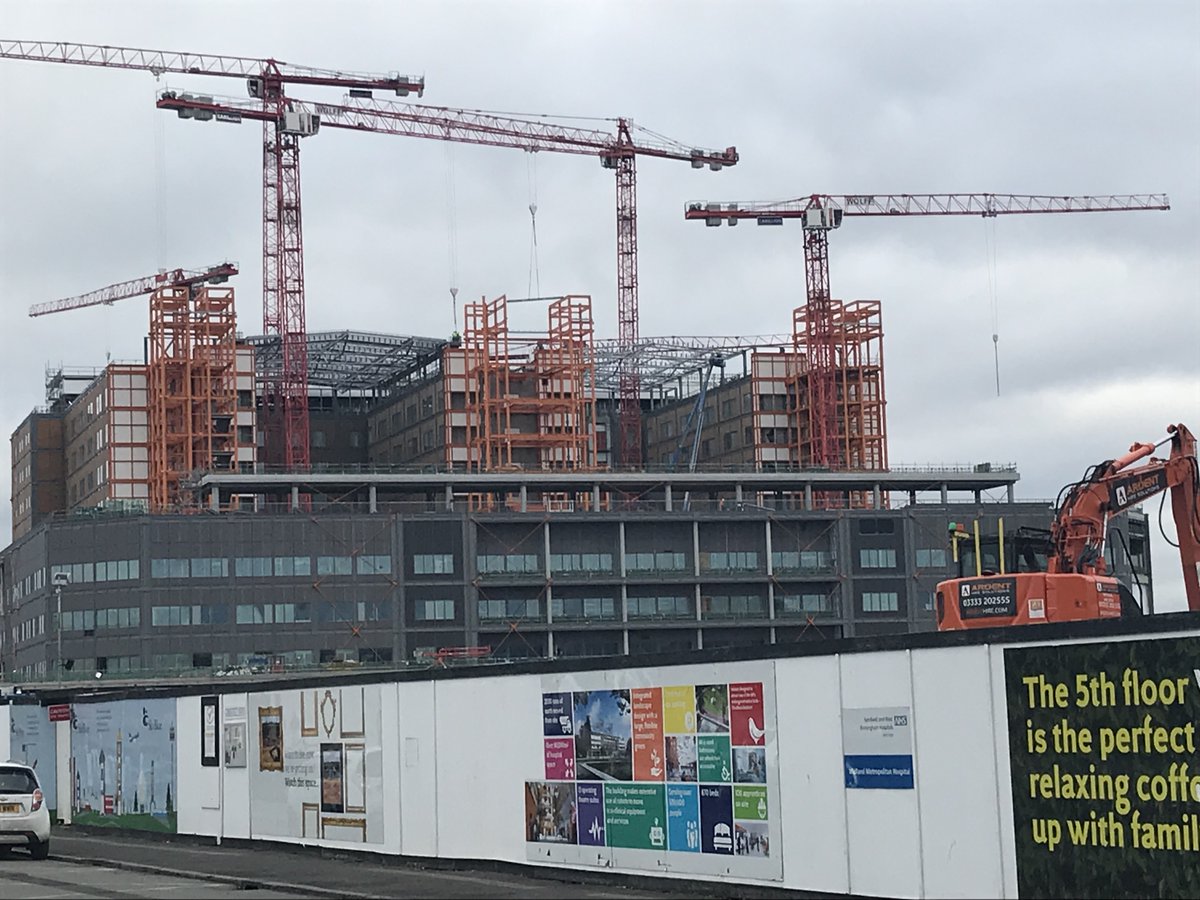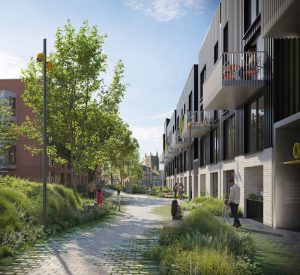In like a lion, out like a lamb – Carillion’s timeline from Tarmac to end of the road

Carillion was created in July 1999 following a demerger from Tarmac, which could trace its roots back to 1903. The new company comprised the former Tarmac Construction contracting business and Tarmac Professional Services.
A series of acquisitions saw the Wolverhampton-based business dramatically expand its support service operations.
Investors and the banks were both happy in equal measure.
TheBusinessDesk.com West Midlands first reported on the company’s affairs in its very first bulletin, published on February 1, 2010.
On that occasion, the company had secured a £370m contract to build a number of schools in its Wolverhampton heartland.
Back then, the company was described as one of the UK’s leading support services companies with a portfolio of Public Private Partnership projects and extensive construction interests. The group had annual revenues of more than £5bn and was said to employ around 50,000 people with operations across the UK, in the Middle East, Canada and the Caribbean. The following month, Carillion reported enhanced annual earnings and a 16% increase in pre-tax profits, despite what it then said to be a challenging economy.
Revenue increased by 4% to £5.4bn, (2008: £5.2bn), while underlying pre-tax profit rose to £182.2m (2008: £157.5m). The support services division made the largest contribution to operations at 52%.
A month later, it revealed its Middle Eastern JV had secured a £570m contract to design and build a prestigious development in Abu Dhabi. Mubadala Infrastructure, a business unit of Mubadala Development Company PJSC (Mubadala), appointed Al Futtaim Carillion as the design and build contractor for New York University Abu Dhabi’s main campus on Saadiyat Island (pictured).

New York University Abu Dhabi’s main campus
The campus included classrooms, library and information technology facilities, laboratories, student, faculty and staff housing, athletic and performance facilities.
A few weeks later, it announced the Al Futtaim Carillion consortium had won two additional contracts worth a combined £110m, taking the value of its business in Abu Dhabi alone to almost £700m.
Success followed success, both at home and abroad.
In Birmingham, the contractor was busy building the new £193m Library of Birmingham (pictured).

April of that year also saw the arrival of former United Utilities boss Philip Green, who joined the board as senior independent non-executive director.
In June of that year, the firm’s then chief executive, John McDonough, was recognised in the Queens’ Birthday Honours list with a CBE for services to the construction industry. At the time of the award, Mr McDonough had been at the helm of Carillion for more than 10 years.
That year’s interims saw revenue drop by around £530m, Mr McDonough announced his decision to retire from the business at the end of the year. He was succeeded by Richard Howson.
The group’s net debt at that stage was said to be £93.7m.
2012 began on a high with the news the company had been awarded a £104.9m contract to transform a problem section of the M6 in Birmingham – between Junctions 5 and 8 – into a managed motorway.
In April, the company announced it had been awarded a first-of-its-kind contract with Oxfordshire County Council to provide its property and facilities management services. The 10-year contract was said to be worth £700m to the business.
At the firm’s 2012 AGM it said it was encouraged by the award of these complex local authority support services contracts but shareholders were told that the group’s construction services division (although this tellingly excluded the Middle East), was continuing to benefit from the decision taken by the group in 2010 to re-scale its UK business to align it with a shrinking market and in future, it would be very selective in terms of the contracts for which it bid.
In its August interims, Carillion revealed a 12% fall in first half revenues owing to the problems faced within the UK construction sector.
Ominously, the group said the decline had been expected and was also to do with the timing of project awards in the Middle East.
Perhaps as a way of insulating itself from the potential fallout, in December 2012 the firm announced it was strengthening its presence in the Canadian support services market by acquiring a 49% stake in the Bouchier Group for £24m.
2013 began in positive fashion with the group announcing projects in Oman, Abu Dhabi and Saudi Arabia. Adding to other new work – together with some probable contracts – the firm said business accrued in the first two months of the year was expected to be worth some £650m.
In May, the firm announced it had been selected by the Royal Liverpool and Broadgreen University Hospitals Trust to deliver the £335m Royal Liverpool Hospital public private partnership project.
That month proved to be a lucrative one for the business as it was also named the preferred bidder for the £400m Phase 1 redevelopment of Battersea Power Station.
Further airport, rail and road maintenance deals were announced, yet nevertheless, revenue continued to fall, which the company continued to blame on the rescaling of its UK construction arm.
The group saw 2013 revenue decline by 7% to £4.1bn, with pre-tax profit shrinking by a hefty 33% to £110.6m.
In June 2014 it was announced that the company had won the contract for the enabling and first phase infrastructure work on the redevelopment of Birmingham’s Paradise Circus.
The following month, Carillion and joint venture partner Amey signed contracts worth up to £2.8bn with the Defence Infrastructure Organisation for a further three Next Generation Estate Contracts.
July also saw Carillion confirm it was in merger talks to acquire rival constructor, Balfour Beatty, with a figure of £3bn put on the value of such a deal.
However, squabbles between the two parties eventually saw the deal aborted just weeks later.
If Carillion was wounded by the collapse it didn’t display it and later that year it was celebrating again after it agreed terms with Sunderland City Council on a large scale regeneration programme potentially worth up to £800m to the firm.
The year ended with the company securing the £75m contract to build the new main stand at Liverpool FC’s famous Anfield ground.
Confident of its position – despite growing debts – the company also launched a £150m fundraising to help reduce debt and fund ongoing expansion of the business.
The convertible bond offering was intended to take advantage of the current favourable market conditions. The bonds would mature in December 2019 and the company said the offer could be increased by up to £30m.
March 2015 saw the announcement of flat revenues for 2014 at £4.1bn, with underlying pre-tax profit dipping to £172.9m (2013: £174.7m).
Nevertheless, £5.1bn of new or probable orders for the forthcoming year, together with a pipeline of contract opportunities increasing to £39.2bn, suggested everything in the garden was still rosy.
In June of that year, the company announced it was teaming up with French contractor Eiffage and Kier in a joint venture to bid for contracts for the new £56bn HS2 high speed rail project.
In August it was announced that Carillion had been selected as preferred bidder for Birmingham’s new super-hospital, the £430m Midland Metropolitan Hospital.

Midland Metropolitan Hospital
Any hint of the problems to come would have seemed a long way off as first half revenues surged past the £2bn mark.
The interims report revealing a revenue total of £2.258bn, a 21% increase on the £1.871bn achieved in the corresponding period in 2014.
However, net borrowing continued to creep up, rising to almost £200m, which the company put down to increases in non-operating cash flow items, including business acquisition costs and other investments.
But with a balance sheet showing more than £1.3bn of committed funding available to the group, what was there to worry about?
The banks were happy.
Evidence of this was displayed in November 2015 when Carillion was able to renew its main bank facility and extend its maturity date to November 2020 at lower pricing.
Carillion said the fact the £790m facility had attracted reduced pricing across the board reflected the strength of the group’s credit standing.
It underlined that strength in March 2016 when its annual results for 2015 showed revenue rising by 13% to £4,586.9m (2014: £4,071.9m), while pre-tax profit was up 9% at £155.1m (2014: £142.6m).
Reassuringly, it advised shareholders that 2016 would see it make further progress – and so it did.
It revealed deals in Northern Ireland and Oman worth £600m and unlike many businesses, showed scant concern for the impending EU referendum because of its lack of projects within mainland Europe.
However, market jitters saw investors panic and following the vote to leave the EU, the firm saw 20% wiped off its share value – although other property companies faired equally badly in the knee-jerk reaction to the leave vote.
Reassuringly, the firm was appointed to build the first phase of the new Paradise development in Birmingham.
By August, first half revenues had recovered to show a 10% increase and the company was in bullish mood as it announced it expected the trend to continue for the rest of the year.
Further contract wins followed.
In January 2017 it announced a new contract in the Middle East worth £160m, while it was also able to negotiate major refinancing deal on improved terms.
In March, the company announced that 2016 revenues had increased 14%, although pre-tax profits dipped 5%.
Nevertheless, any problems seemed inconceivable.
Chairman Philip Green said the strength of the group’s order pipeline suggested it had a strong platform on which to build.
However, was there a hint about what was to come when he added in his full year results statement: “We will accelerate the rebalancing of our business into markets and sectors where we can win high-quality contracts and achieve our targets for margin and cash flows, while actively managing the positions we have in challenging markets. We will also begin reducing average net borrowing by stepping up our ongoing cost reduction programmes and our focus on managing working capital.”
However, July saw the first of a series of devastating profit warnings from which the business never recovered.
It revealed writedowns in excess of £800m due to problems with three Public Private Partnerships in the UK and overseas, the latter resulting in an immediate exit from markets in the Middle East and Canada.
If the market was panicked by Brexit, it was nothing compared to this and a mad scramble ensued as investors looked for a safe haven.
However, there was no hiding place for chief executive Richard Howson, who immediately fell on his sword.
Within days, the company had seen 70% wiped off its market cap and the declines continued. Its value slumped from almost £1bn to less than £250m.
EY was appointed to oversee a strategic review of the business.
A scrambled sell-off of assets was hoped to raise £300m but in the event raised only £50m with its health business snapped up by services company Serco.
Relegation from the FTSE 250 followed, along with further high level departures.
Vital breathing space seemed to have been achieved in December when the business announced it had been given until April 30 to defer the testing of its financial covenants.
However, the banks became increasingly concerned about the company’s position and its likely ability to repay debt – even with the lucrative HS2 deals in the offing.
Hopes of an 11th hour reprieve grew saw a 26% hike to the company’s share price but then all hopes were dashed over the weekend when it became clear no rescue deal would be forthcoming and the company was forced to slide to an ignominious end.









